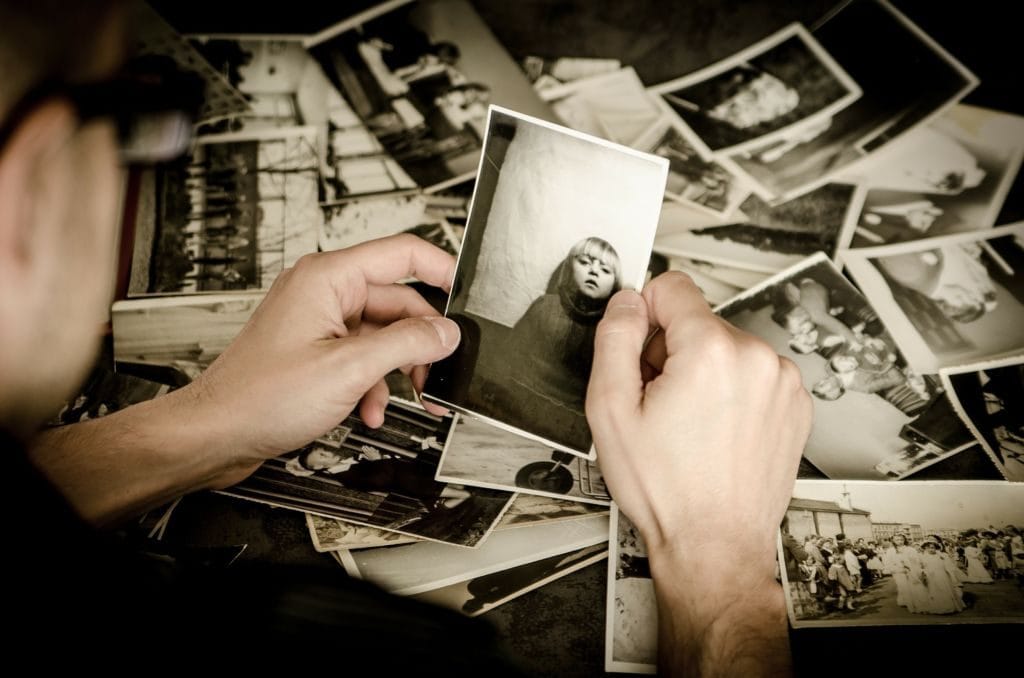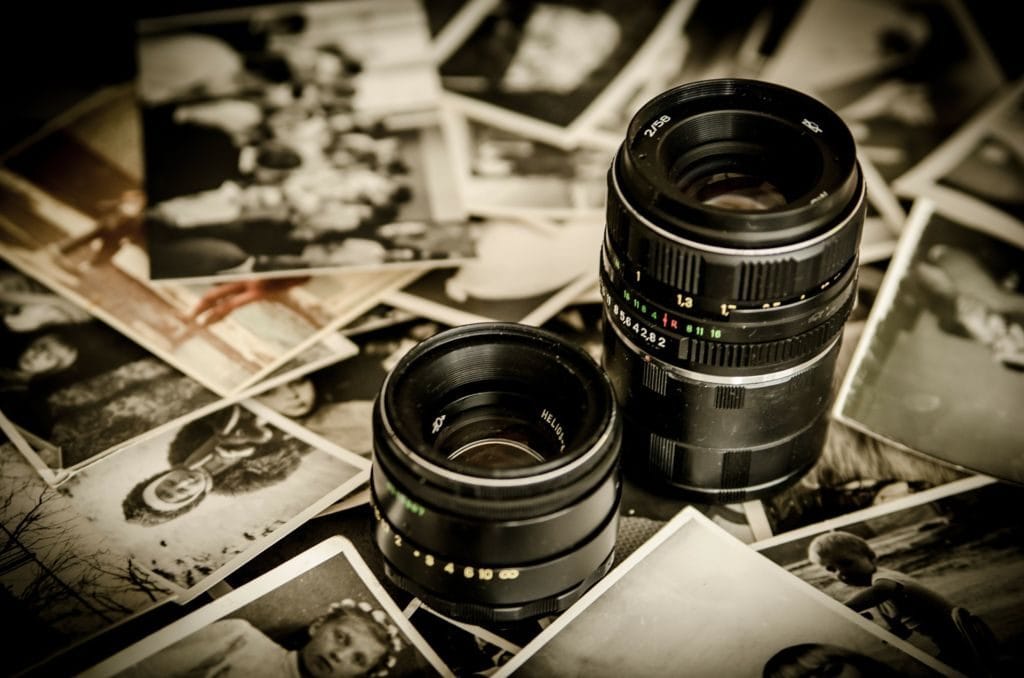Part two in an exploration of self-image, projection, and the ego-defences we use to preserve our sense of self. Read Part One Projecting Rejection.
We often view memory as some kind of catalogue of experiences, where facts and observations are filed away, to be recalled later, as needed. Yet memory is not a facsimile of objective truth, perfectly stored.
Rather, memories exist in context, within a framework of understanding — they are subjective and malleable. Just think of those times when friends and family members argue over the particulars of an anecdote, each believing emphatically their version represents the ‘truth’.
Leading questions and suggestions can create lasting impressions that muddy our recollections. There is even a term for these natural errors of memory: confabulation. This is the process that famously led to the so-called Memory Wars in the 1990s, where therapists claimed to have ‘recovered’ repressed memories of abuse that never actually occurred.
So how is this possible? How can someone ‘remember’ something that never happened, or never happened as they remember?
And why when traumatic or life-changing events occur, do we find ourselves mulling them over, restlessly holding up our recollections, turning them this way and that, trying to make sense of them, seeing them as if anew? And why, to others who were involved, and even later, to us, can those same events appear entirely different?

I first explored these questions as I neared my 30th birthday. Having wed just 18 months earlier, my then-husband told me he wanted out. Our decade-long relationship was over. The story I believed about myself, about our relationship and my life, was false.
Grappling with my new reality, I found myself re-writing that narrative, over and over, pulling out fragments of memory, turning them over and over, trying to position them in a way that made sense. It was a long and painful process, an itch I couldn’t quite scratch. It only ceased once I had reframed (re-written) the previous decade to align with my present understanding — the nagging soothed.
At the time of our split, I assumed there was someone else and was fairly certain I knew who — his closest female colleague. However, he was adamant this wasn’t true. Therefore, I carefully constructed an account of the dissolution of our relationship that did not include her. We had grown up together, from our teens to early adulthood, and then grown apart. I made peace with this story. It put the memory demons to rest and felt like a point of closure.
Fast forward six months. I discovered there was someone else and had been all along — the person I suspected initially, the person I had wrangled to exclude from my narrative. All that reconstruction had been based on a lie. The sense I had made, the closure reached, unravelled and collapsed.
My memories grew restless and the narrative cogs began grinding once more. I felt compelled to re-process those exact same fragments. They needed to make sense, so I could make sense of them.
I was angry and confused, but most of all, exhausted. Why couldn’t I find peace? Why had this revelation reopened the wound and kick-started the churn? After all, nothing else about our situation had changed — the relationship was still over.
Around the same time, I was studying Life Writing as part of my postgraduate studies, examining the theories that intersect with our life narratives. Through this exploration, I came to gradually understand my own process. Why when my relationship came to a seemingly abrupt end, I felt driven to grapple with my memories and grapple with them all over again once new information surfaced.
Memories, I discovered, are not filed away like a documentary recording of objective reality. They aren’t even stored whole. Rather, we store fragments of memory — disparate images, sensory data, not movie reels.

Whenever we access memories, we retrieve these fragments anew. Because they are mere fragments, not a recording, they are like jigsaw pieces dumped onto the floor that may not even belong to the same puzzle. To make sense of them, we need to put them into context. This is where narrative comes in. We make a story out of those fragments, connecting the pieces.
That narrative (re)construction becomes its own story, its own memory, stored away alongside the original pieces. Next time we retrieve those memories, our narrative reconstruction becomes indistinguishable from the original pieces upon which it was based.
We likely evolved this process to help us make sense of our world. Our minds lay down a series of templates we can easily access — a survival-led shortcut to help us recall and avoid negative situations and stimuli (and vice versa). This may also explain why we access (recall) emotionally charged memories more readily. They contain a potential warning for future similar encounters.
For example, when we see a door we have never encountered, we know how to open it. We don’t have to relearn the action from scratch. The template is a close enough match. Likewise, our memories need not match precisely. A close approximation with a meaningful narrative helps us quickly interpret a present situation.
Day to day this approximate narrative recall seems benign. However, it creates discord when we encounter a memory that conflicts with our present understanding. We experience the conflict as a nagging discomfort we are driven to resolve. (I discussed the impact of this type of cognitive dissonance in ‘When the Truth Lies‘).
The persistent angst of cognitive dissonance appears logical if we view memory as a survival shortcut. How can we hold contradictory beliefs about our world and move safely through it? Discomfort motivates us to reduce the dissonance, to review the memory fragments and find some explanation or pattern that works.

Cogs grind. We examine the pieces, shaping and massaging until they fit. Where we can’t adjust the fragments themselves, we reconstruct our internal narrative to mould our understanding of them. We rewrite ‘history’.
To illustrate this process, let me share another example from my divorce. At the time, I couldn’t understand why my partner proposed then initiated separation so soon after our wedding. If he was contemplating ending the relationship, why propose instead of breaking up? How had he felt at that time? Were there clues I had missed?
I sifted through my memories, recalling the awkwardness of his proposal. We were away for the weekend, celebrating our anniversary, standing beside our 1969 Mini Cooper S, stuffing our belongings into the back. He seemed nervous, stumbling over his words. He described feeling he had been waiting for something or someone to give him permission (had that been the word he used, or did I superimpose that later?) but finally realised he didn’t need to wait anymore. He could finally (again, did he use that word?) ask me to marry him.
I believed he loved me, that this is what he wanted, so I attributed any misspeaking to nerves, mentally massaging his words to align with that belief. I created a romantic fable: my boyfriend proposed clumsily in the carpark, without ceremony, my cheek resting against his thudding chest as he finally realised he didn’t need anyone’s permission to follow his heart.
How differently I saw those events later. Driven by cognitive dissonance, I unravelled those same fragments: his clumsy words, the awkward delay, that thudding heart. Not the result of loved-up nerves but a guilty admission that he was settling. A beautifully raw moment recast as ugly unguarded truth: he had never loved me the way I loved him. He wasn’t waiting for someone to grant us permission (his deceased father, my absent one). He had been waiting for someone better. Our marriage wasn’t an invitation to take the next step in a shared future. It was a last-ditch effort to force a square peg into a round hole.
The same pieces made a very different picture. And now that picture, that narrative, is stored in my memory vaults.
I went through the same process with countless memories from that period, questioning what was real and what I had embellished. As contradictory memories surfaced, I felt compelled to pull them apart and rebuild. My mind wouldn’t cease until I had eradicated the contradiction and my understanding of the past was congruent with my present belief.

Throughout our lives we do this, often unconsciously, sifting and sorting, re-framing, rebuilding. We are the unreliable narrators of our own lives.
There are many mechanisms (filters) we use to frame our understanding and reduce that dissonance (which I will discuss in coming posts). We justify, deny, and project, playing mental gymnastics until we can reduce the discomfort. Until our memories once more align with our present understanding. Yet the outcome is always the same: in using narrative to reconcile our understanding, we warp our own memories.
This process never ceases. We revise our history constantly. This is how family members can argue over basic facts of a shared past, and why we can recall an event we were too young to remember based on a photograph — we have stored the narrative of that photograph as memory.
In coming posts, I will explore the filters we apply to the narratives that shape our memories. Until then, remember memory — reality — is merely a reflection of the stories we tell ourselves.
Rhonda xx
Read Part One, Projecting Rejection now.



